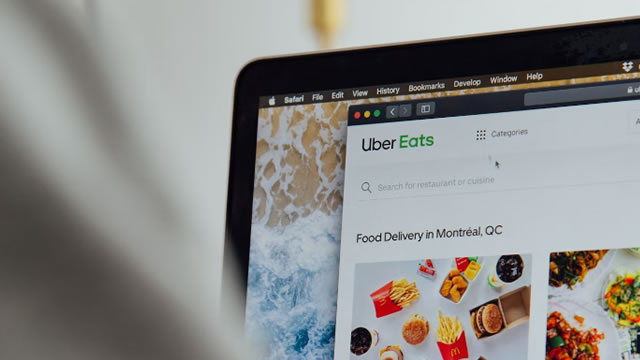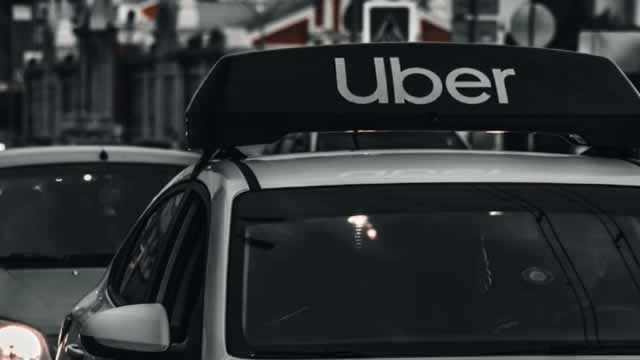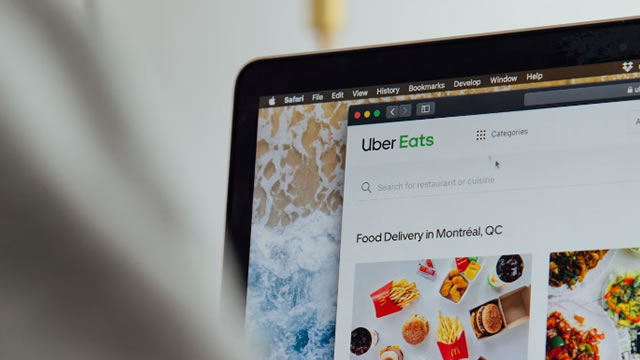
Uber Technologies, Inc. (UT8)
Summary
UT8 Chart

Uber Launches Robotaxi Service in Dallas: Growth Story Hotting up?
UBER expands its robotaxi footprint with a new Avride-powered autonomous service now live in Dallas.

Uber says one stat shows how much room the company has to grow in the US
Uber's market penetration in the US is around 15%, CFO Prashanth Mahendra-Rajah said Wednesday. The statistic shows how much room Uber has to grow in its home market, Mahendra-Rajah said.

Uber: Consistent Execution And Long Term Opportunities
Uber Technologies is a Buy, given its strong user growth, cross-platform engagement, and robust financial performance. UBER's strategic partnerships in the AVs and eVTOL spaces should help to expand its TAM and enhance its competitive positioning. Q3 results highlight 21% YoY gross bookings growth, 20% revenue growth, and $2.3 billion in adjusted EBITDA, with significant free cash flow generation.
Uber Technologies, Inc. (UT8) FAQ
What is the stock price today?
On which exchange is it traded?
What is its stock symbol?
Does it pay dividends? What is the current yield?
What is its market cap?
What is the earnings per share?
When is the next earnings date?
Has Uber Technologies, Inc. ever had a stock split?
Uber Technologies, Inc. Profile
| - Industry | - Sector | Dara Khosrowshahi CEO | XHAN Exchange | US90353T1007 ISIN |
| US Country | 31,100 Employees | - Last Dividend | - Last Split | 10 May 2019 IPO Date |
Overview
Uber Technologies, Inc. is a leading global technology company known for its proprietary applications that connect individuals with a variety of transportation, delivery, and logistics services. Established initially as Ubercab, Inc. in 2009, the company rebranded to Uber Technologies, Inc. in February 2011 and has significantly expanded its footprint outside its headquarters in San Francisco, California. Operating across the United States, Canada, Latin America, Europe, the Middle East, Africa, and parts of Asia, Uber is structured into three main segments: Mobility, Delivery, and Freight. Each segment is dedicated to offering innovative solutions that cater to the evolving needs of users and businesses around the globe.
Products and Services
- Mobility
- Delivery
- Freight
This segment connects consumers with various transportation options like ridesharing, carsharing, micromobility (such as scooters and bikes), rentals, and public transit solutions. It spans a wide range of vehicle types to suit different user needs, alongside offering financial partnerships and advertising services. Uber's Mobility services aim to make personal and public transport more accessible and efficient for everyone.
Uber's Delivery services facilitate users in discovering and ordering from restaurants, grocery stores, alcohol vendors, convenience stores, and other retail outlets through its user-friendly platform. This segment not only includes meal delivery but also extends to Uber Direct, which is a white-label delivery solution designed for retailers and restaurants wanting to offer delivery services under their brand. Additionally, Uber provides advertising opportunities within this segment to help businesses reach a wider audience.
Uber Freight connects shippers with carriers through a digital marketplace, simplifying logistics and shipping processes. This platform offers upfront pricing, easy shipment booking, and an on-demand system to automate logistics from start to finish. Whether for small to medium enterprises or global corporations, Uber Freight strives to make transporting goods more efficient and reliable with its innovative technology solutions.







